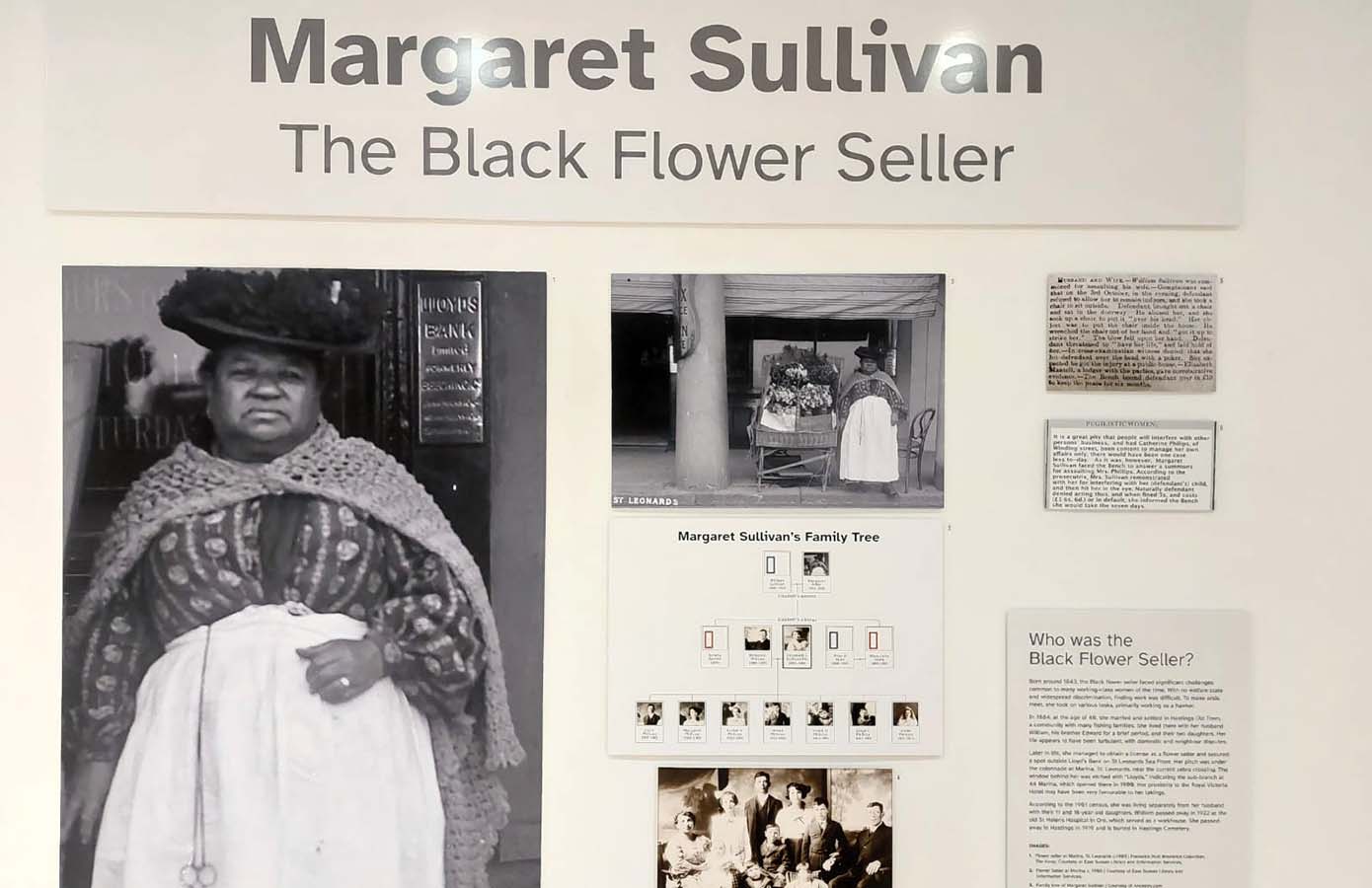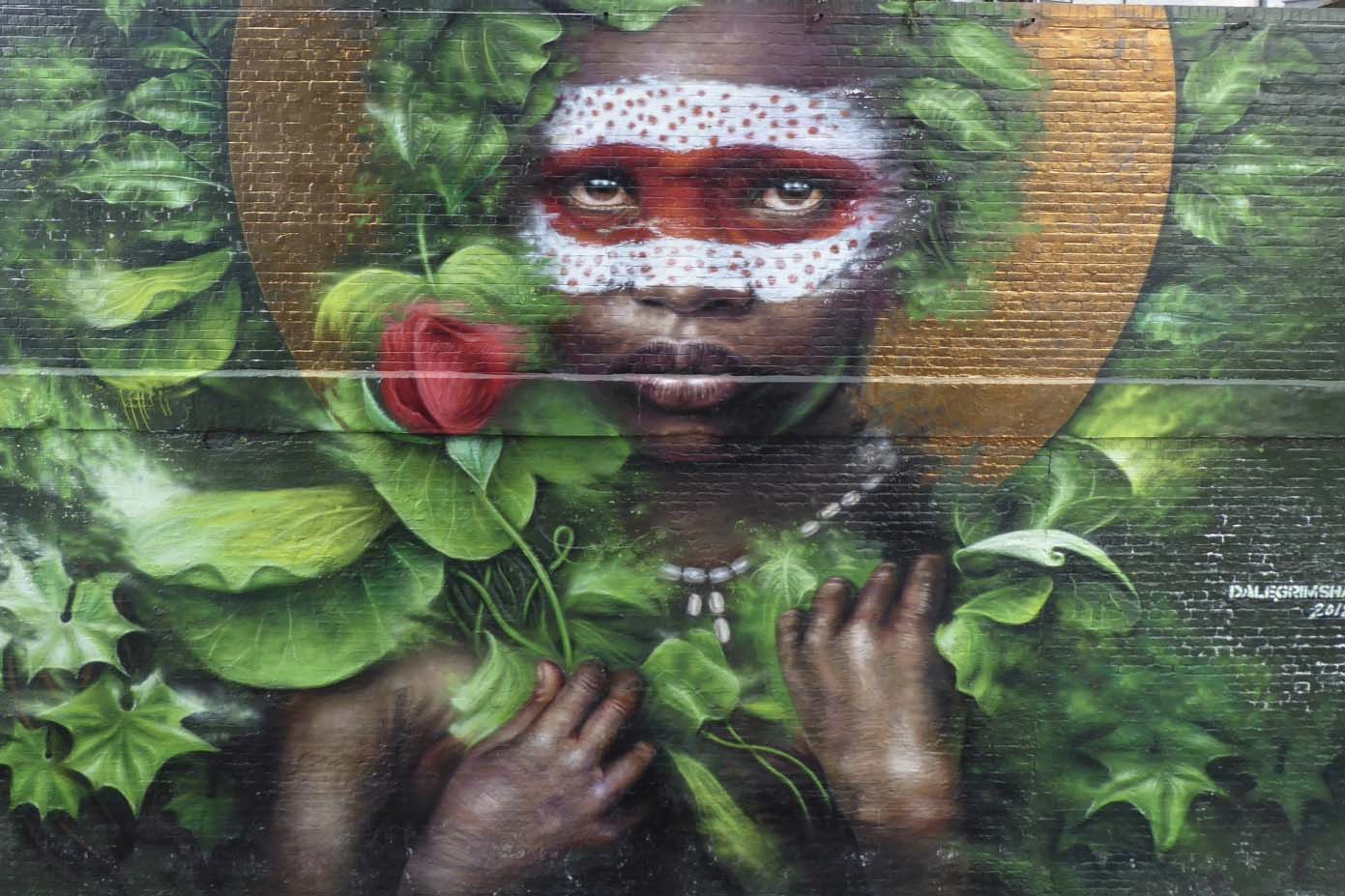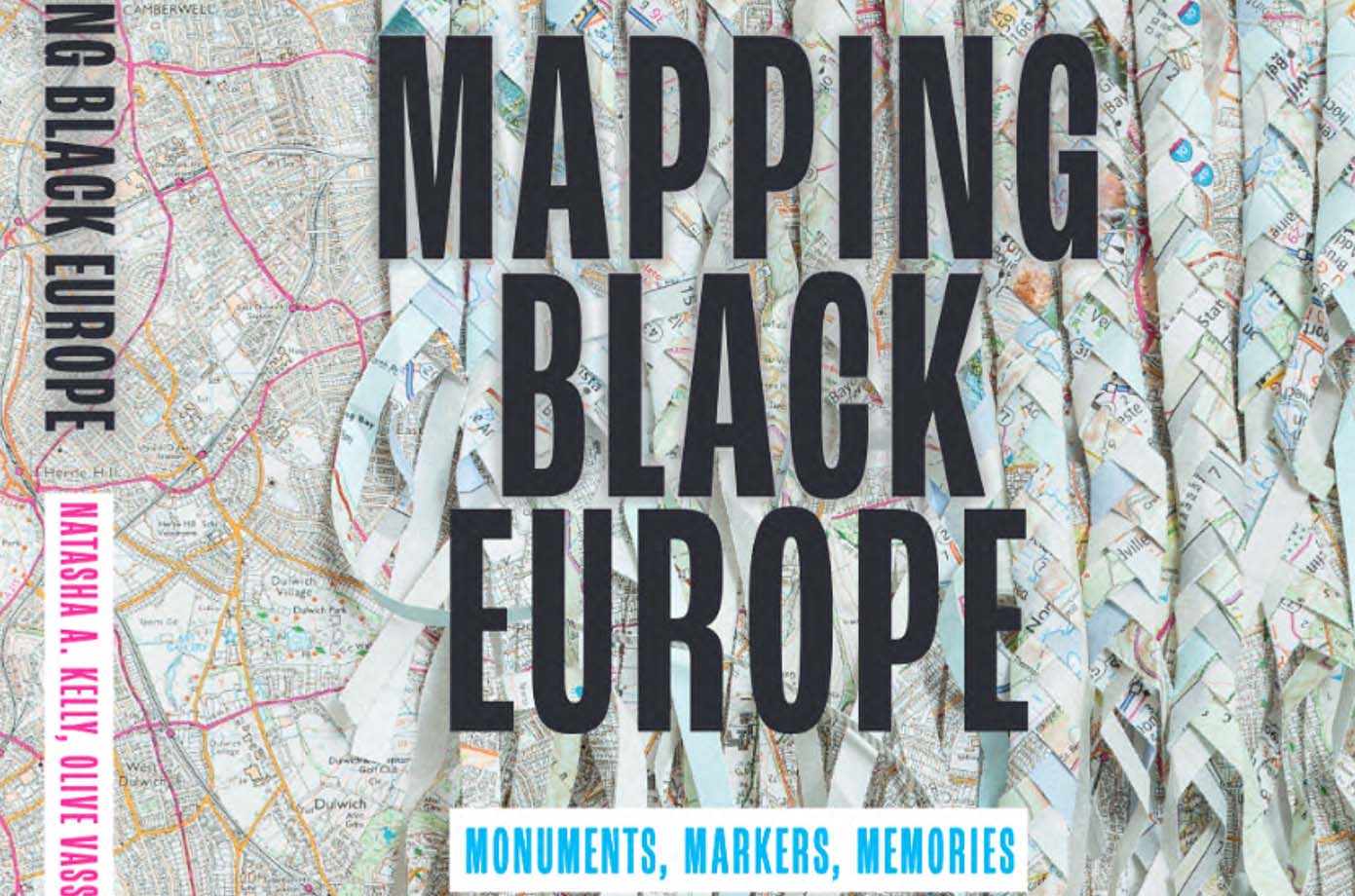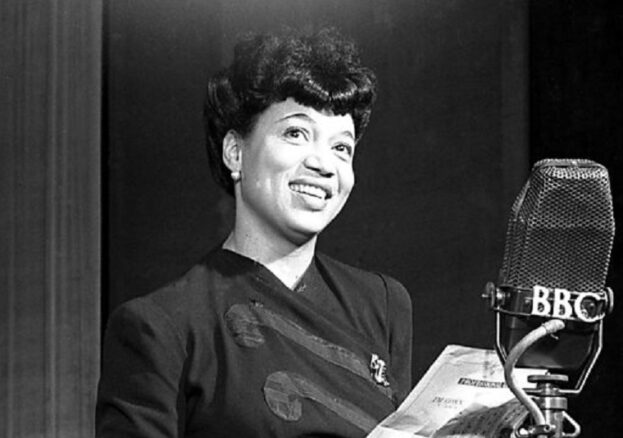
Women mark Hastings’ Black presence
by bbrit project
When you think about Hastings, the Black presence does not necessarily come to mind. But the Sussex town has had at least two documented citizens of African descent in its history.
The first was Haiti’s only queen, Marie-Louise Christophe. In October 1822, after the Haitian Revolution, and the death of her husband and assassinations of her son, the queen and her daughters took up residence at Exmouth Cottage in the burgeoning seaside town of Hastings. She and her daughters reportedly recuperated, taking respite in the abolitionist community. In October 1922, a plaque marking the bicentenary of her arrival was unveiled. It was funded by the Black Butterfly charity and the University of Central.
Meanwhile, more is known about entrepreneur Margaret Sullivan who just half a century later, made her mark on the seaside town. Sullivan’s life as a flower seller on the seafront at St Leonard’s has been revealed, thanks to the work of local resident, Claudine Eccleston. A BLM activist, she came across an old photograph of Sullivan in 2014 and became so enthralled that she spent the next 10 years researching her story.
Eccleston discovered that Sullivan was married to a ‘glass and china riveter’ named William and had five children, although only two daughters, Julia Mary and Elizabeth, survived to adulthood. Born in Cheltenham, Barbados, as documented in the 1911 Census, Sullivan was reported to have been ‘a tough woman who gave her abusive husband as good as he gave her. According to Hastings Online, newspaper reports from 1896–97, she went to court on more than occasion because of William’s serious domestic assaults – reportedly responding by biting her husband through his clothes, throwing pokers and landing a chair over his head in self-defence. A serious fight with a neighbouring woman which led to a short spell in jail, was also recorded.
In 2024, Ecclestone documented Sullivan’s story in an exhibition at the Hastings Museum and Art Gallery. The photograph sits in pride of place, showing a stoic middle-aged woman wearing a hat, a white apron, shawl and good leather boots.
Among the attendees was one of her descendants Cindy Richardson, who is a white Canadian. Eccleston’s research revealed that one of Sullivan’s daughters, Mary, had stayed in Hastings while her other daughter, Elizabeth, had emigrated to Ontario, Canada with her husband in 1914.
Richardson had been doing her own research into a possible Caribbean heritage – her father had been adopted, but when she tracked down a family photo of his birth parents, she thought his mother could be from the Caribbean.
Her journey came to a conclusion when she discovered Ecceston’s work and after the two collaborated, Richardson confirmed that she was indeed Sullivan’s descendant.
For more information on Claudine Ecclestone and her work in Hastings, visit:
Women mark Hastings’ Black presence
Elisabeth Welch, a name that resonates with timeless elegance and unparalleled talent. Born in 1904, Welch was a trailblazing African-American singer and actress who left an indelible mark on the entertainment industry. Her career spanned decades, showcasing her versatility in jazz, blues, and musical theater.
Welch’s voice was a mesmerizing instrument that transcended boundaries, captivating audiences on both sides of the Atlantic. From her early performances in the Harlem Renaissance to gracing London’s West End stages, Welch’s charisma and vocal prowess earned her widespread acclaim.
Beyond her musical prowess, Welch made history as one of the first African-American women to star in a British film during the 1930s. Her legacy is not only defined by her groundbreaking achievements but also by her resilience in the face of racial and gender barriers.
Elisabeth Welch’s journey is a testament to the enduring power of talent and tenacity. As we celebrate her contributions, let us remember and honor a woman whose artistry continues to inspire generations, leaving an indomitable legacy in the annals of entertainment history.








